Novice

In this activity, students investigate the classic Earth science analogy; "Seismic waves radiate outward from an earthquake's epicenter like ripples on water". Instruction begins as student examine a discrepant, thought-provoking image that connects the unfamiliar concept of the spreading out of seismic wave to the more familiar scenario of ripples on water radiating outwards in all directions after a droplet falls onto a pool. After students have recorded their initial thoughts regarding the image, they collect observational data from experimentation with water droplets falling into a pool to either support or refute their initial ideas. As a whole class, students then watch a visualization of ground motion at various points in the US and attempt to conceptually map this visualization to relevant features from their experiments. Students reflect on seismic wave propagation by constructing an argument (claim, evidence and explanation) that either supports or refutes the initial analogy “Earthquakes… like ripples on water?”
Students will be able to
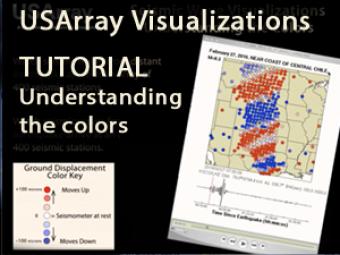
As earthquake waves travel along the surface of the Earth, they cause the ground to move. The ground motions can be captured and displayed as a movie, providing a visual demonstration of these often indiscernible movements.
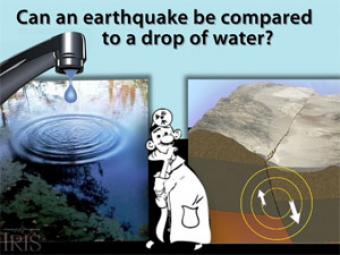
Exploration of how an earthquake is LIKE ripples on/in water. Dr. Geophysics guides you through the simple physics of potential energy and energy release. Analogies are a useful instructional strategy, especially in the science classroom. In this case, the analog is a drop of water hovering above and then falling into a pool of water, while the target is an earthquake.
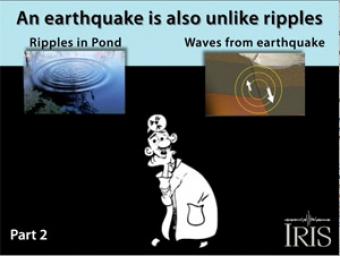
Part 2/2 Comparing seismic waves to ripples in water. This animation explores how seismic waves are UNLIKE ripples on water. Dr. Geophysics helps explain 4 significant differences.
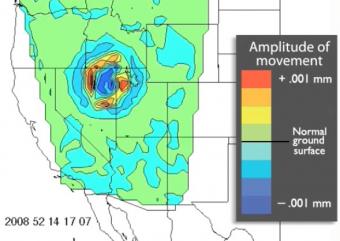
Data visualization of the data generated by over 400 seismograph stations in response to the February 21, 2008 earthquake in Wells, NV.
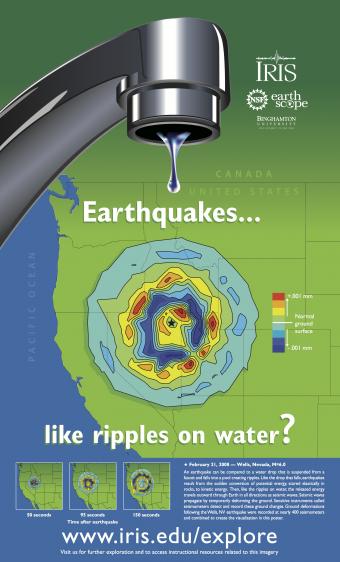
This poster combines a visualization of ground motion resulting from the February 21, 2008 M 6.0 earthquake that occurred near Wells, NV, with the image of a faucet to illustrate a classic Earth science functional analogy: "Seismic waves radiate outward from an earthquake's epicenter like ripples on water".
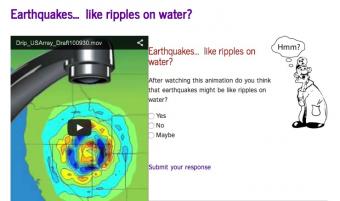
An interactive website, where one can investigate the classic Earth science analogy; "Seismic waves radiate outward from an earthquake's epicenter like ripples on water".
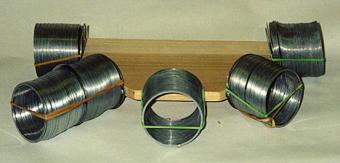
The slinky is an effective tool for the demonstration seismic wave characteristics and wave propagation. Slinkys can be used both individually and in various combinations to demonstration different concepts.
We encourage the reuse and dissemination of the material on this site as long as attribution is retained. To this end the material on this site, unless otherwise noted, is offered under Creative Commons Attribution (CC BY 4.0) license